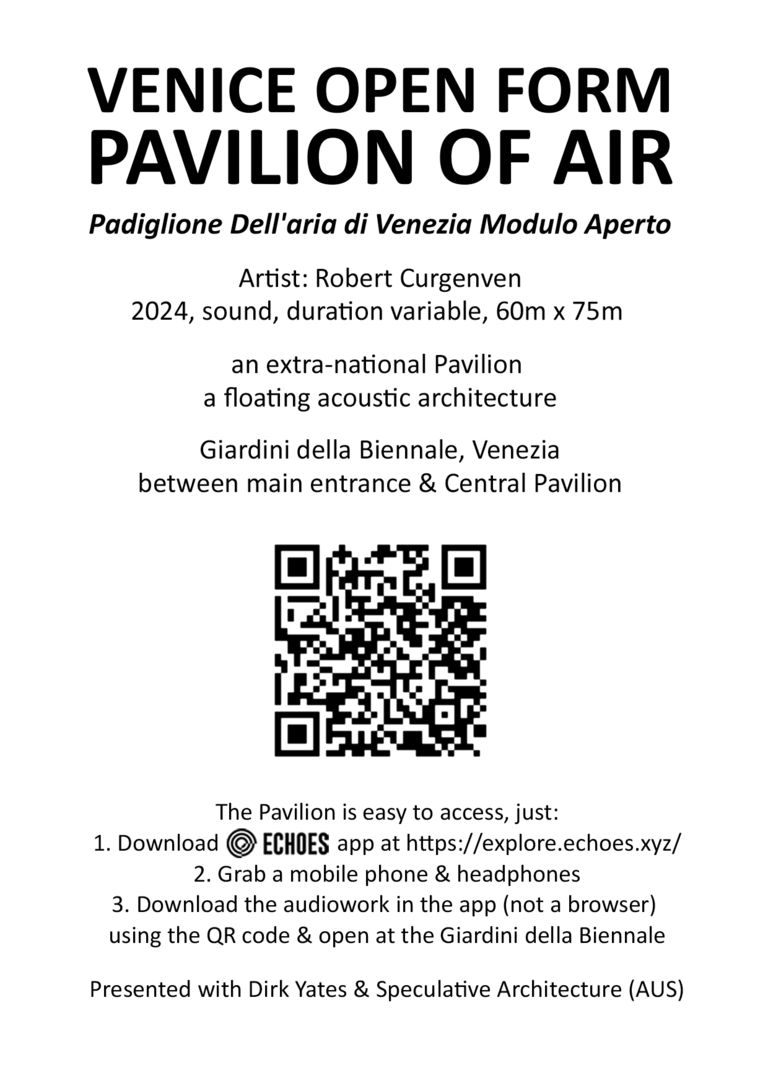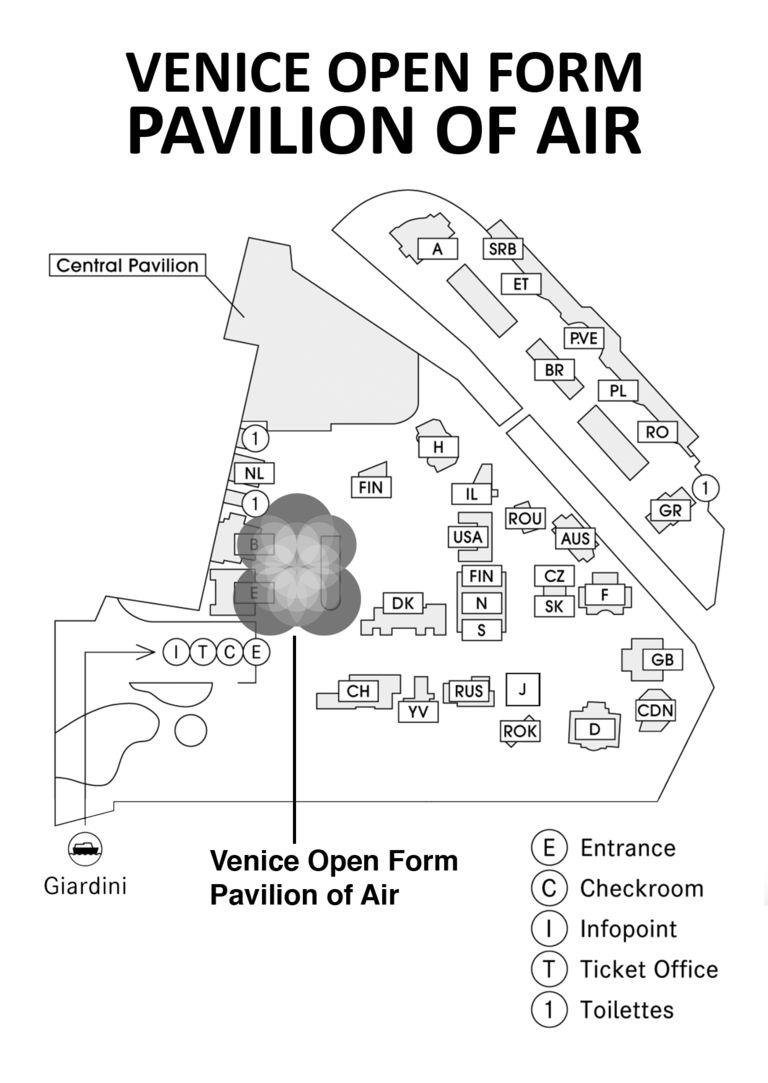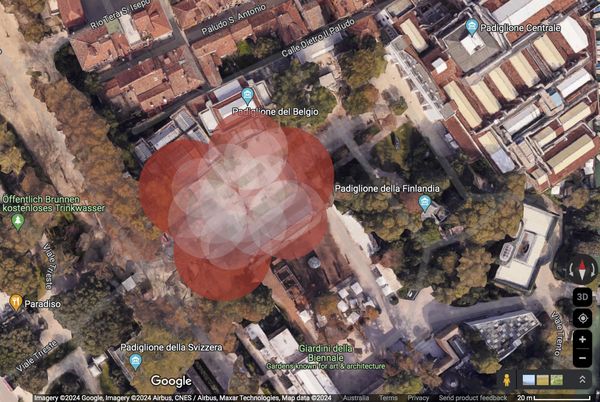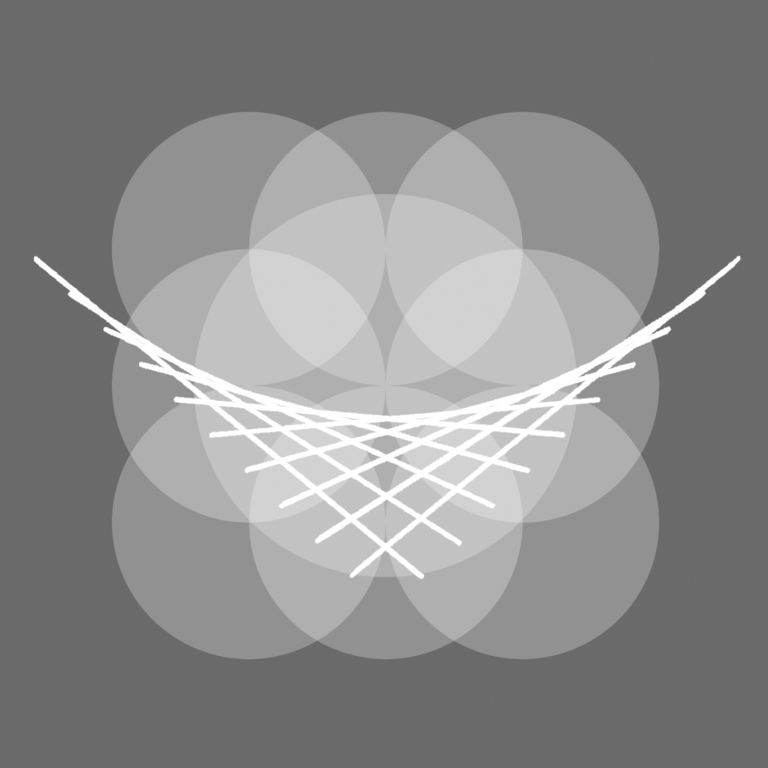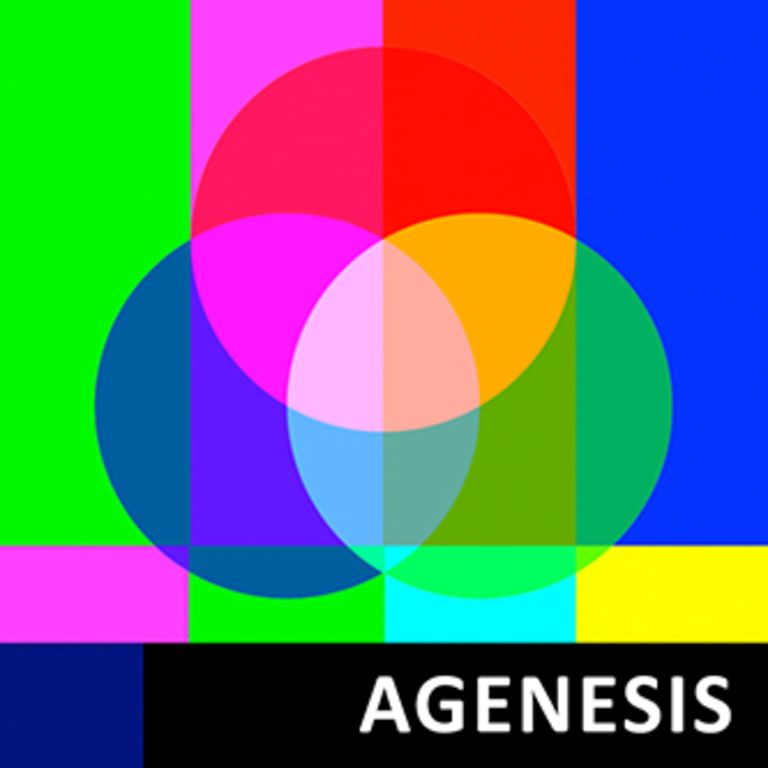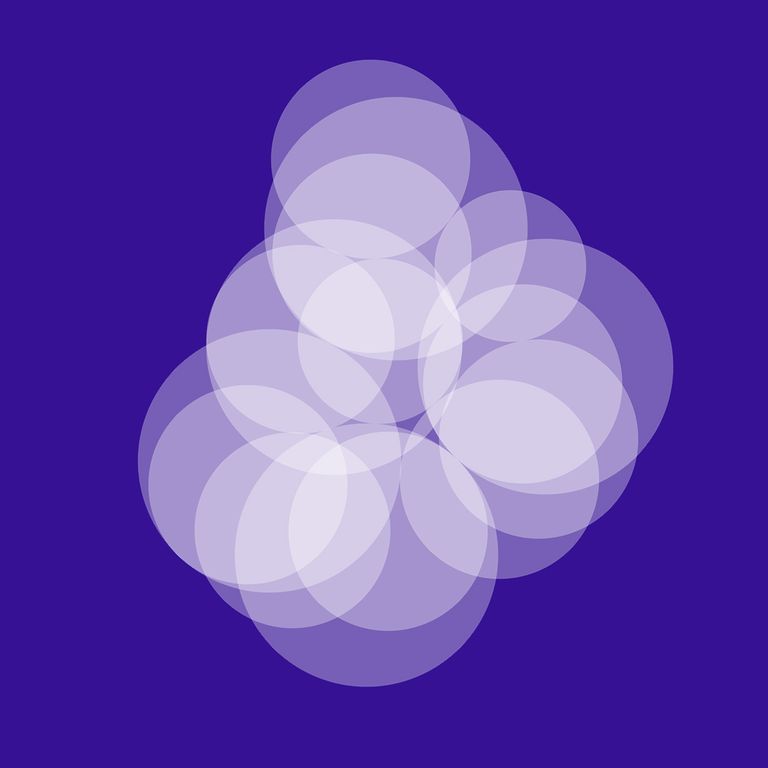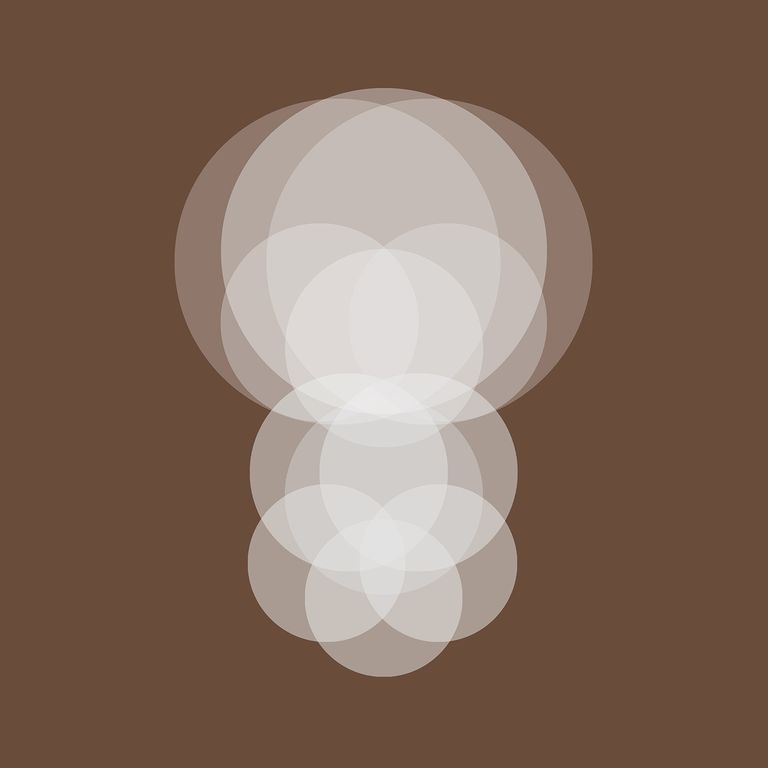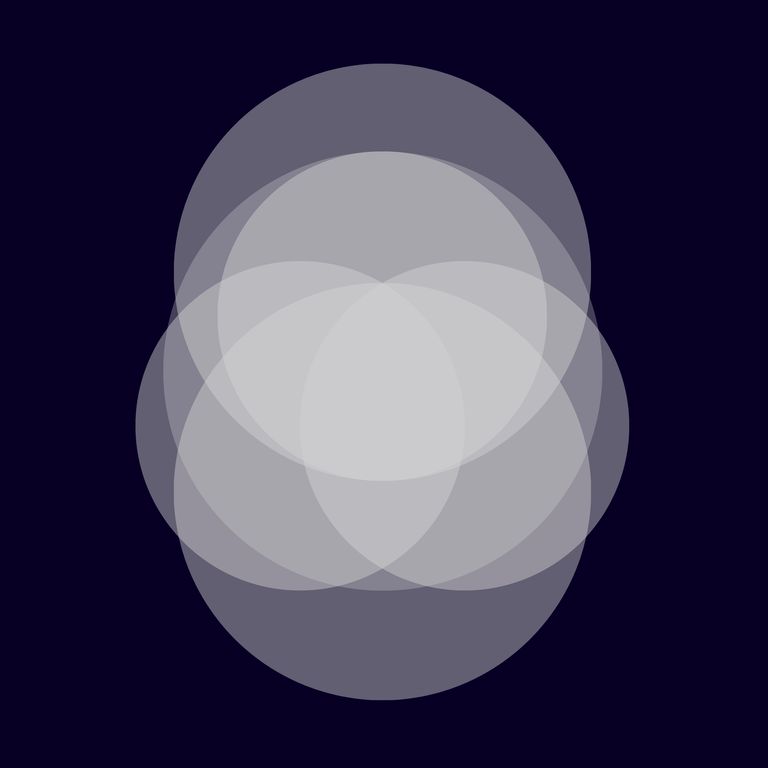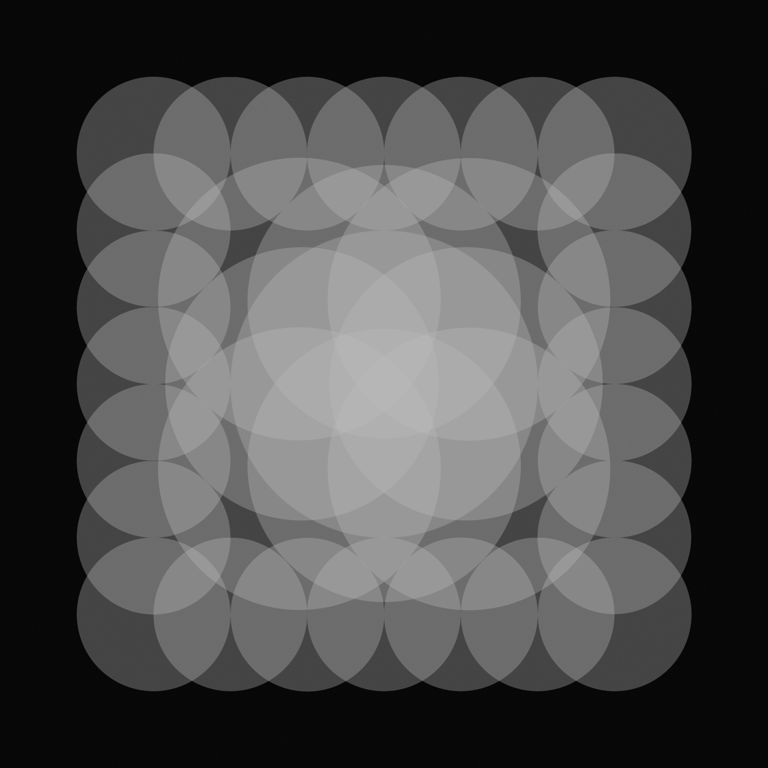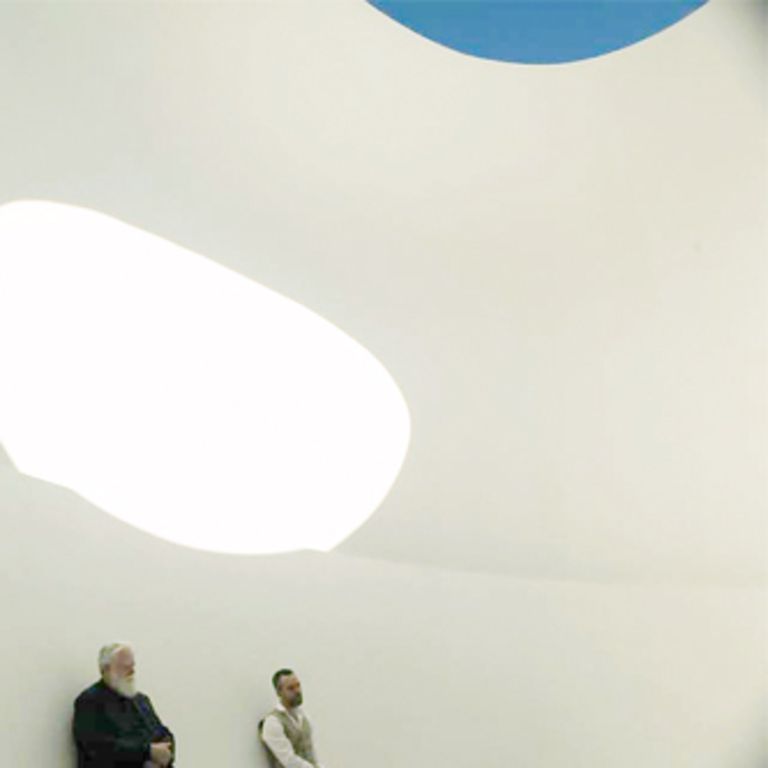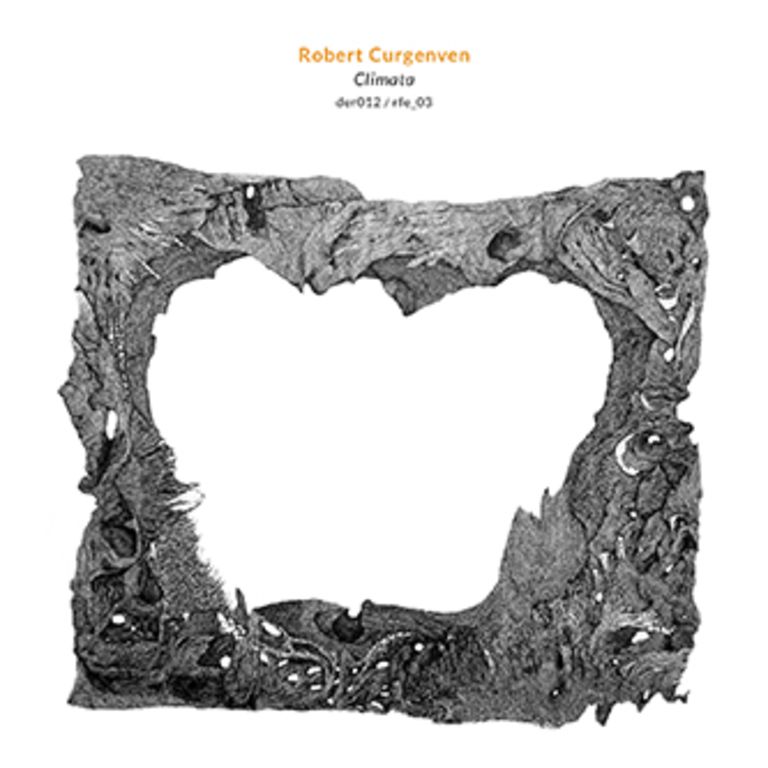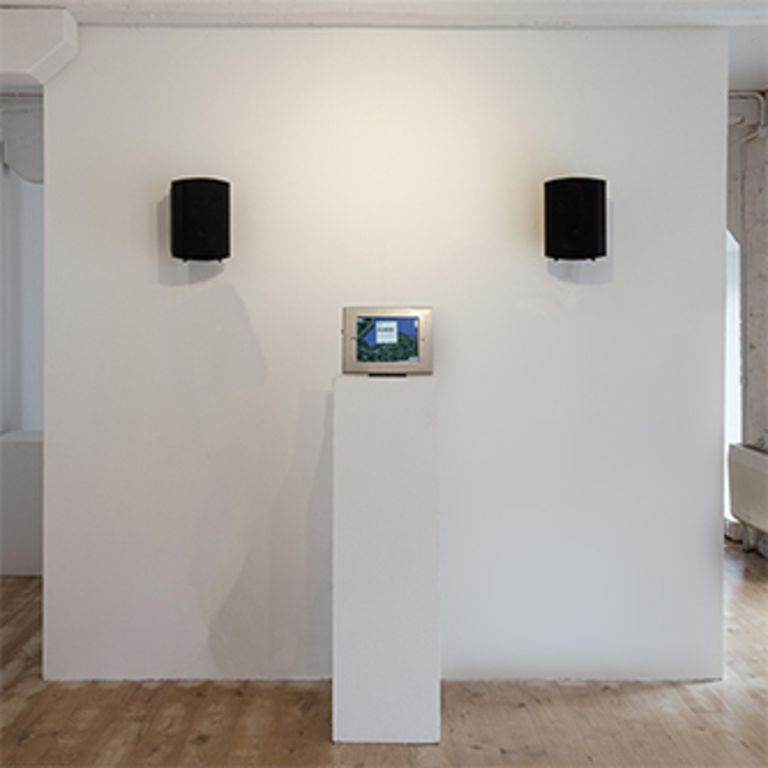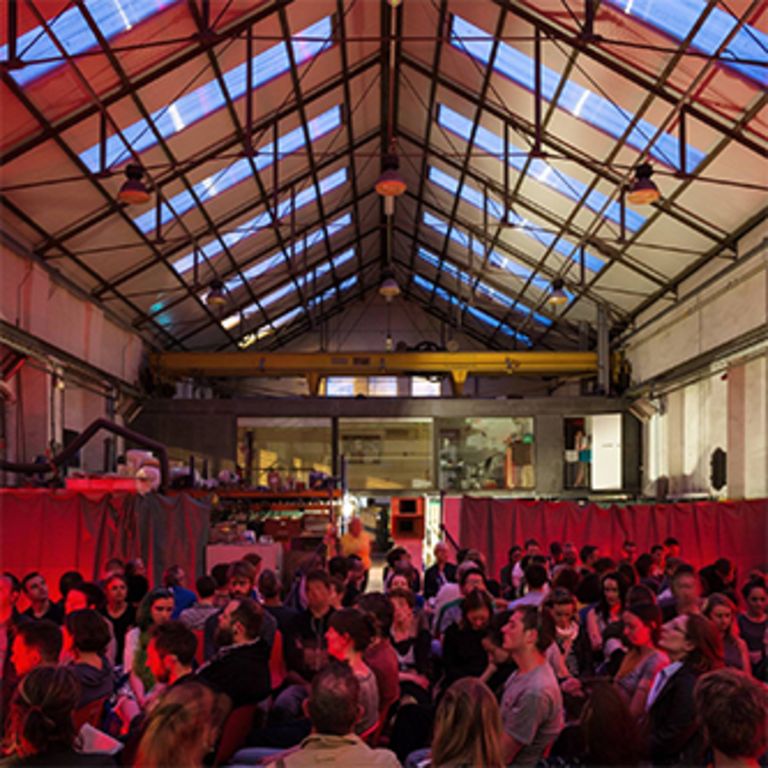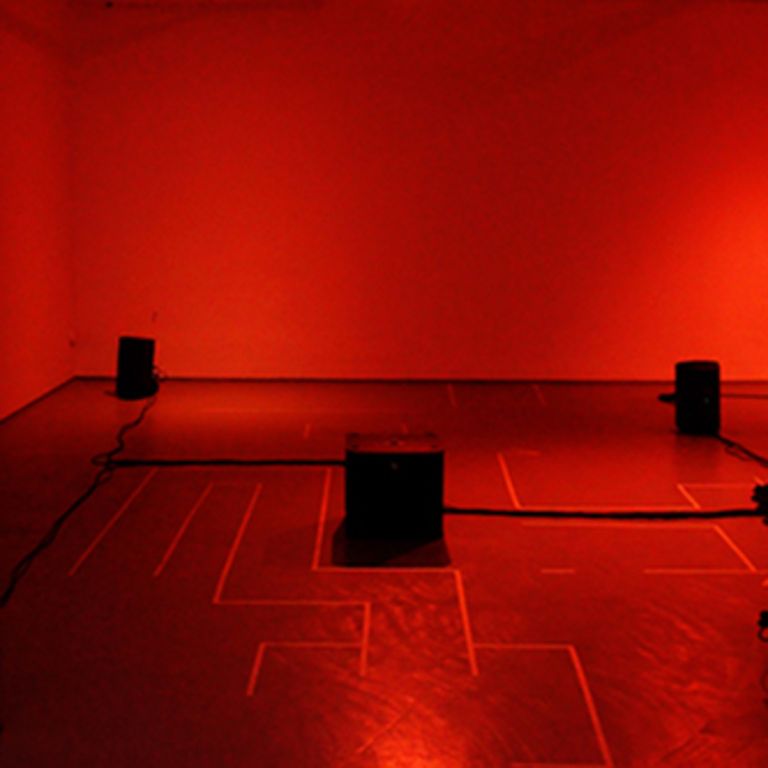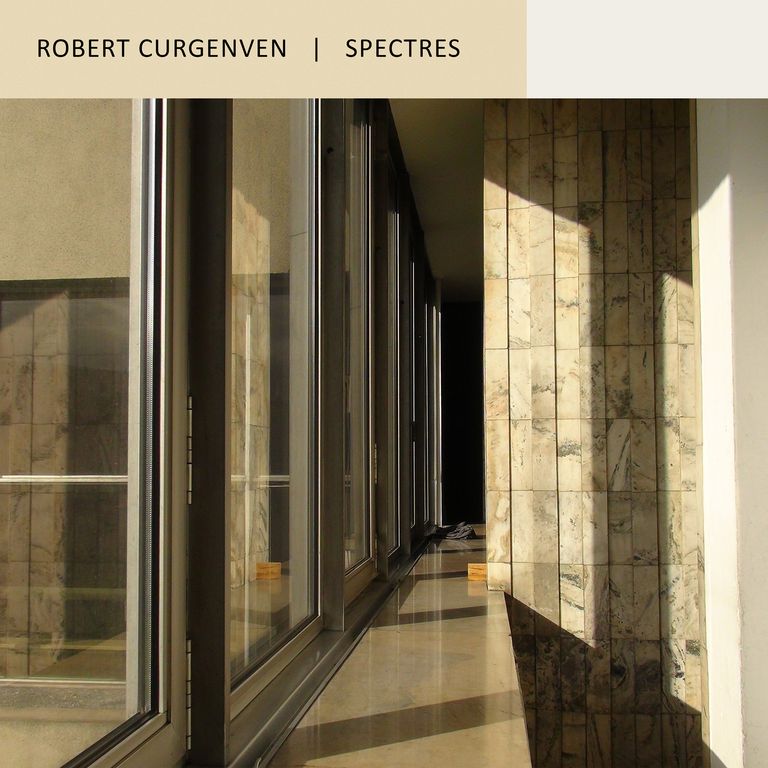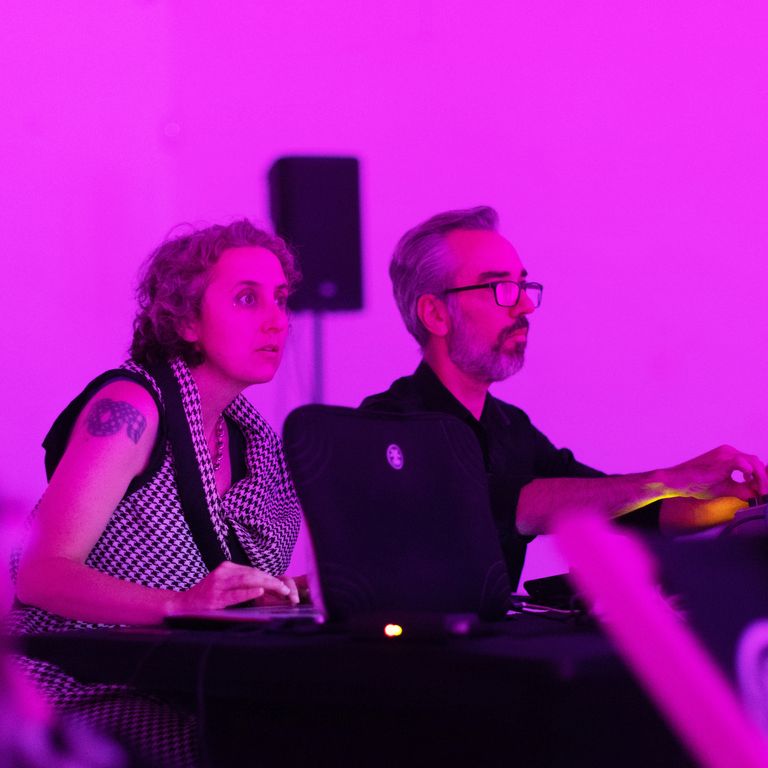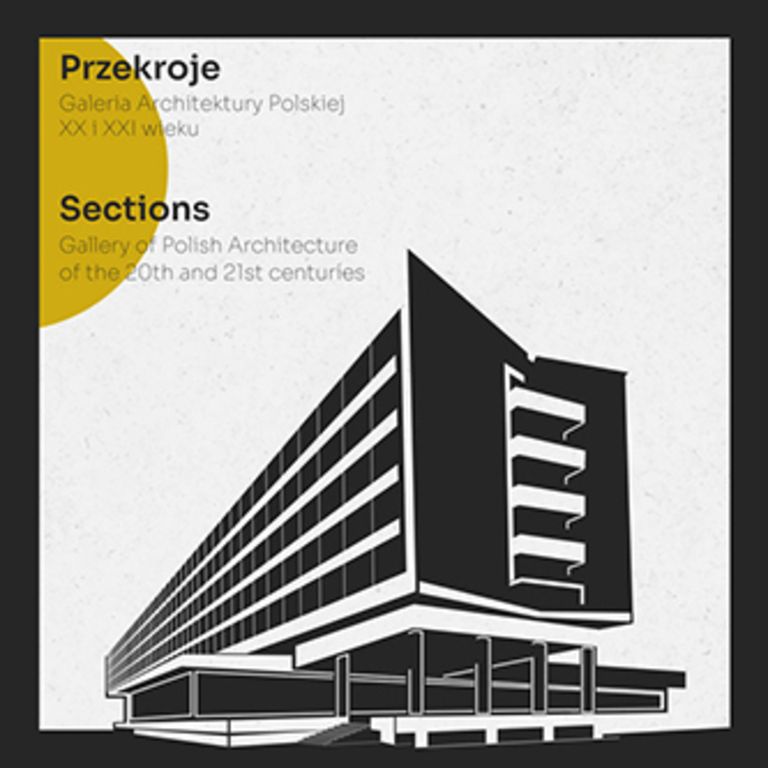
Padiglione Dell'aria di Venezia Modulo Aperto
Image: design for audiowork accessible via Echoes app
Duration variable.
Specific installation area: 60m x 75m
Location: Giardini della Biennale, Venice
Part of the pan-European Open Form Pavilion of Air series
Other Pavilions in the series - launches & events with European festivals include: Vorspiel CTM/Transmediale Berlin (DE), New Music Dublin (IRL), Sounds from A Safe Harbour Festival (IRL), Struer Tracks (DK), Lofoten Art Open (NO) Open City Europe and the Open House London (UK), Open House Bergen (NO) & Open House Dublin (IRL) Festivals.
The Pavilion is easy to access, just:
1. Download the Echoes app
2. Grab a mobile phone & headphones
3. Download the audiowork in the app (not a browser) using the link https://explore.echoes.xyz/collections/l9UDSVtLI7IYeKYR or QR code, save it to your phone so then its ready to open when at the location in Giardini della Biennale in Venice.
